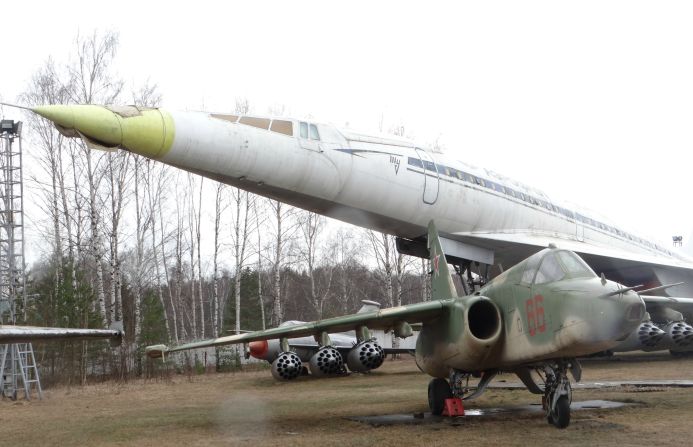Story highlights
Moscow has a wealth of Cold War-era artifacts to explore
From bunkers to flying boats, Moscow's a time capsule for history buffs
The Cold War: a time of border standoffs, spy-versus-spy intrigues and the bristling tensions of the Berlin Wall.
Today Moscow’s glittering malls and stylish cafes might seem light years away from the gray concrete and paranoia of that era – a period that stretched from the end of World War II in 1945 to the dissolution of the Soviet Union in 1991 – but its remnants are everywhere.
From bunker complexes to rusting MiG fighter jets to the vestiges of long-defunct secret weapons programs, Moscow is a living museum of the epoch that shaped the 20th century.
Taking a trip through this often overlooked part of Russia’s history is to time travel to a recent past when the world had two superpowers, two ideologies and spies dispatched dissidents with poisoned umbrella tips.
We have compiled a list of these obscure, yet easily accessible, attractions set to delight Cold War buffs, military hardware enthusiasts and aficionados of Soviet-era office furniture.
Bunker 42
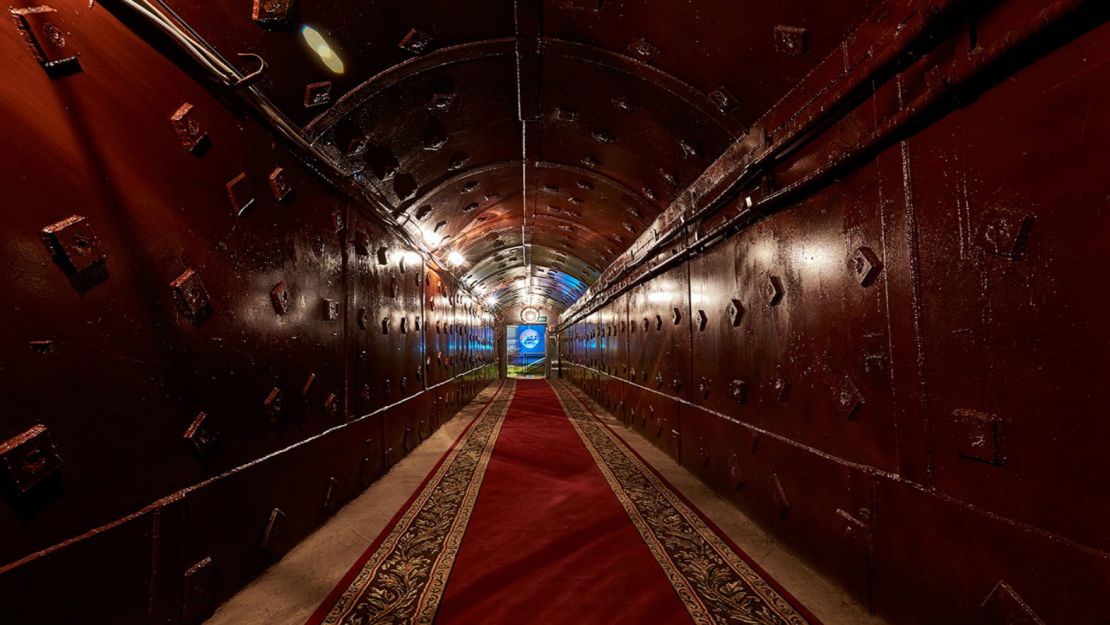
If it didn’t actually exist, it could have been invented by the set designers of “Dr Strangelove.”
Tagansky Protected Command Point, commonly known as Bunker 42, is as close to an underground city as the Cold War gets.
Some 65 meters below Moscow’s traffic-choked streets, this 7,000-square-meter facility was designed as a command center for the Soviet air force’s long-distance strike force.
Started in 1951, when nuclear tensions were at their zenith, it was capable of withstanding a nuclear missile attack and could accommodate 3,000 people for up to 90 days in complete isolation from the outside world.
Only declassified in 1995, the complex is now run by a private company that has turned one of the Soviet Union’s best-kept secrets into a museum. As befits the nation’s top secret Cold War relic, access is through the unassuming driveway of one of Moscow’s 19th-century apartment blocks.
Its only other entrance is connected to Moscow’s labyrinthine metro system.
Visitors can join one of the guided tours through this vast, and in parts fully restored, Cold War facility which hosts exhibits on the big political chill that range from Joseph Stalin’s meeting rooms to hazchem suits from the 1950s.
Metro: Taganskaya
Cost: 2,250 rubles (€32, $35) for foreign visitors and 1,050 (€15, $16.5) for Russian citizens
The standard tour (there are several themes listed on its website) takes 90 minutes. Best to book in advance.
Bunker 42; 5, Kotelnichesky Pereulok, house 11
MORE: Sacred sea: Russia’s vast and remote Lake Baikal
Monino Aviation Museum
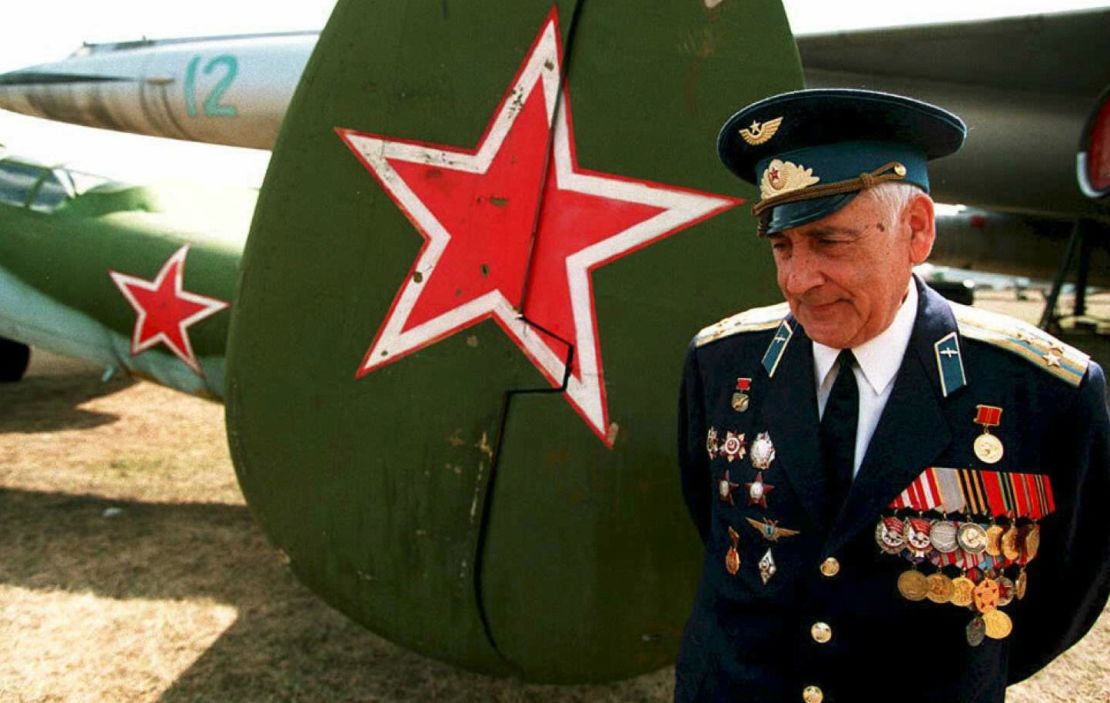
Navigating your way to the Monino Aviation Museum, a showcase of 100 years of aviation history, is an adventure in itself.
Located about 30 miles outside Moscow, it involves an hour-long ride on the “elektrichka” (one of Moscow’s suburban trains) and then a stroll through a nondescript residential area devoid of signage.
Once you’ve reached your goal, however, the museum more than rewards the effort.
Featuring some of the masterpieces of world aircraft design, the collection shows just how inventive and forward-looking Soviet aeronautical engineers could be during the Cold War.
From the supersonic Tupolev Tu-144 airliner, known as the Soviet Concorde, to the Mil V-12, the largest helicopter ever built, to vertical takeoff contraptions with no visible signs of aerodynamic design, it’s easy for any aviation buff to feel overwhelmed here.
Museum staff, mostly elderly women, are friendly, knowledgeable and clearly enthusiastic about the wealth of Soviet-era aviation heritage in their charge.
Be quick with this one as there are rumors that the museum is set to close, with part of the collection being moved to a new site.
Train station: Monino Railway Station (trains from Moscow’s Yaroslavsky Station)
Cost: 150 Rubles (€2, $2.25). Excursions also available upon request
Monino Aviation Museum; Muzeynaya ul., 2, Monino, Moscow Region
MORE: Spotlight Russia: 7 golden travel tips
Russian Navy Museum and the ‘ekranoplan’
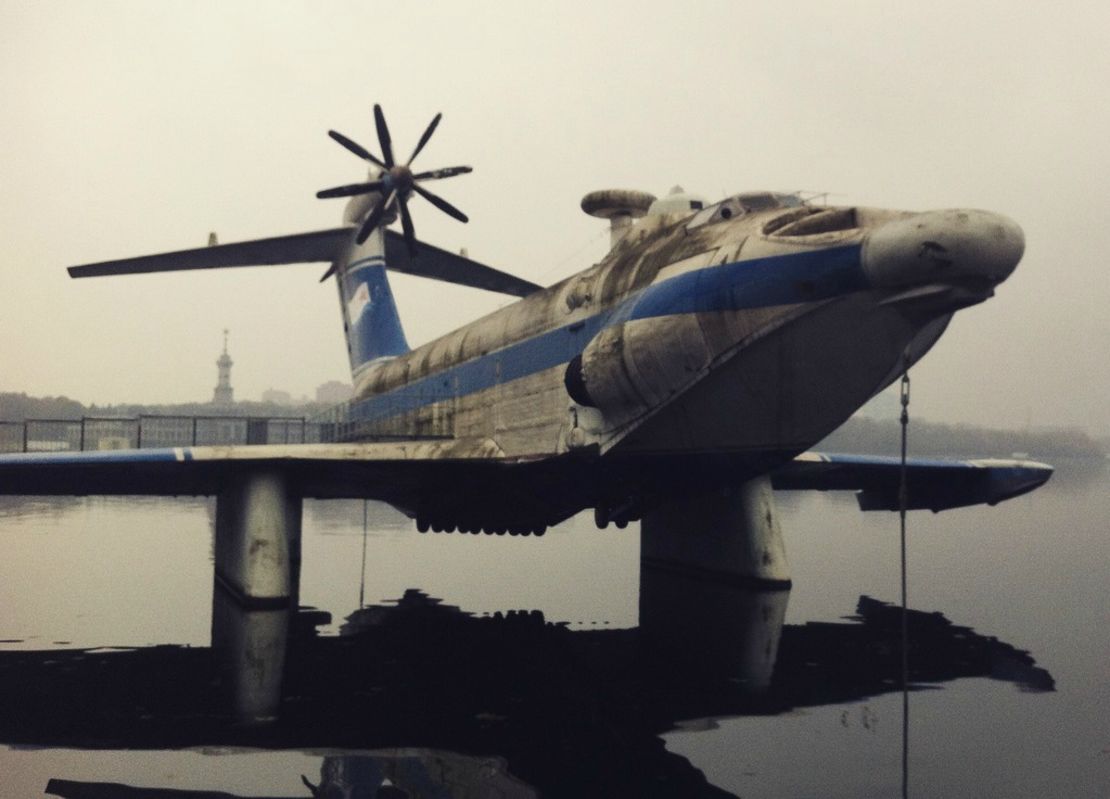
Is it a boat? Is it a plane? No, it’s an “ekranoplan!”
These extraordinary hybrid aircraft were so maritime in their conception they were always considered a part of the Soviet navy. So much so, they were even christened like ships with a splash of champagne on the bow.
Using what’s known in aerodynamics as the “ground effect” – the science that makes airborne bodies easier to control when they approach a hard surface – the ekranoplan mimicked the flight of swans or pelicans when they use ground effect to skim just above the surface of the water.
The ekranoplan could reach astounding speeds of more than 400 kilometers per hour and even had amphibious abilities, moving over ice or flat land as easily at it sped above the surface of the water.
The Soviet Union developed a number of ekranoplan prototypes for military use, including one that was so large and strange that when it was spotted by US spy satellites in the mid-1960s it was dubbed “the Monster of the Caspian.”
Despite a promising start, ekranoplans never caught on and the program was scrapped in the 1980s. Like seaplanes, ekranoplans were largely at the mercy of sea conditions even when flying conditions were good.
Other exhibits at the Russian Navy Museum include the pride of the Soviet Union’s Cold War fleet, from a Tango-class B-396 submarine to Scat assault hovercraft.
The chance to get on board a real Soviet submarine is one of the museum’s major draws. The submarine Novosibirsk Komsomolets entered service in 1980 and served in the Soviet and, later, Russian navies until 1998.
In 2003 it made its last voyage from the White Sea, in northern Russia, to Moscow through the country’s inland waterways.
The submarine’s different sections have been furnished with items that give an idea of how cramped conditions were for the vessel’s 78 submariners. A sure treat for naval enthusiasts.
Metro: Skhodnenskaya (Сходненская)
Cost: Standard adult ticket 300 rubles (€4.2, $4.6) to access the submarine / Combined ticket 600 rubles (€8.4, $9.2)
Russian Navy Museum; Park Severnoe-Tushino, ulitsa Svobody, 56
MORE: Drive from Europe to the US? Russia proposes world’s greatest superhighway
Musuem of Cosmonautics and VDNKh
There were few areas of Cold War superpower rivalry more intense – and more attached to national pride – than space exploration.
The Soviet Union’s ability to send the first satellite into space and the first human into orbit in the late ’50s and early ‘60s mesmerized the world and is still a source of national pride today.
The Museum of Cosmonautics is devoted to preserving the memory of its space heroes.
Located at the base of the Monument to Conquerors of Space – a 110 meter-high titanium spire that surges upwards in a stylized representation of a rocket blasting into space – it was inaugurated in 1964 and is an unmistakable classic of the Soviet era.
The museum holds a rich collection of space artifacts, including a replica of the first Sputnik, a number of space capsules and, amazingly, the stuffed remains of Belka and Strelka, the first dogs to return alive from a space mission.
Their more famous predecessor, Laika, the first dog in space, was sent on a one-way mission.
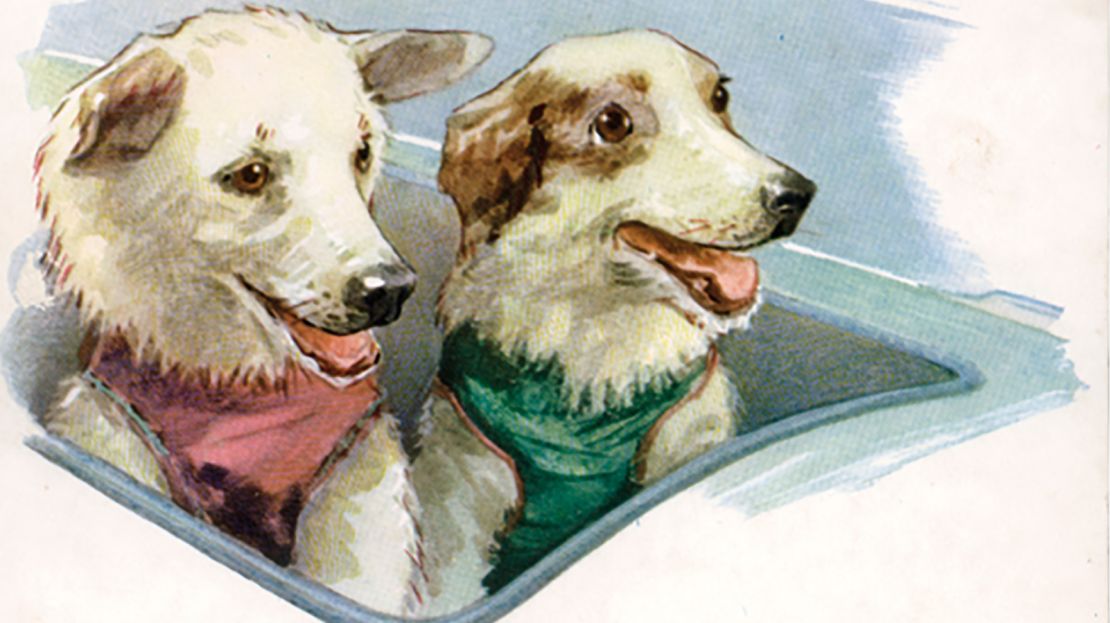
A visit to the Museum of Cosmonauts can be complemented with a walk through the neighboring VDNKh, a large park and recreation area that has its own aerospace exhibition, featuring a replica of the space rocket Vostok and the Buran, the Soviet equivalent to the Space Shuttle, as well as several other Soviet-made aircraft.
VDNKh was originally conceived as a national exhibition center where each of the Soviet republics had its own pavilion. It’s now home to a large number of recreational facilities, including an oceanographic center, numerous bars and restaurants and, in winter, a massive ice skating ring.
Metro: VDNKh
Cost: (Museum of Cosmonautics) 250 rubles (€3.5, $3.8)
Museum of Cosmonautics; Prospekt Mira, 111








